Maggie O’Malley needs a quick influx of cash, or her family home will be auctioned off to pay the loans and taxes that her deadbeat ex-husband refused to pay. When her best friend, Wendy Hayes, learns of a “Magic, Moonlight, and Mayhem” contest in Ireland with a cash prize of $500,000, she convinces Maggie to join in. Maggie and Wendy stay on the Ravenwood Estate in Ireland and meet the handsome, eligible Ravenwood twins, Caedmon and Kellen. Maggie doesn’t believe in all the woo-woo spiritual stuff involved in the competition, but she’s willing to fake it for a chance to start her life over. Wendy gets sick immediately after they get to their rooms, leaving Maggie to face the challenges alone. It transpires that Kellen has been cursed for six centuries, and this is his last chance at freedom before succumbing entirely (“Seven days to either true freedom or eternal imprisonment”). Caedmon believes the solution is a human sacrifice, something Kellen refuses, especially when he learns that the one human who could break his curse is not just the original spellcaster’s descendant—one Maggie O’Malley—but his fated true love. Burright’s romantic fantasy packs a lot of action into one novel. The contest, Maggie’s ostensible reason for being in Ireland, fades into the background as the story progresses, and the rituals performed as part of the competition feel underdeveloped and almost childish. It’s clear the author concentrated more on developing the characters and the love story, and it was time well spent: Kellen is open and honest with Maggie, expresses his love and devotion to his brother, and refuses to compromise his values, making him stand out in a world of literary alpha males.




